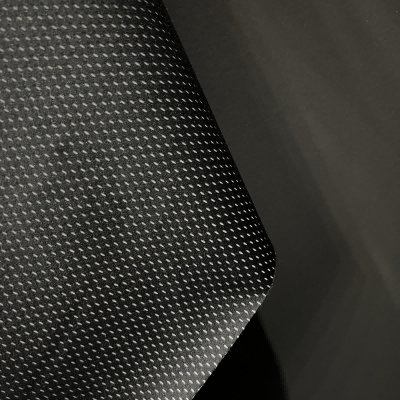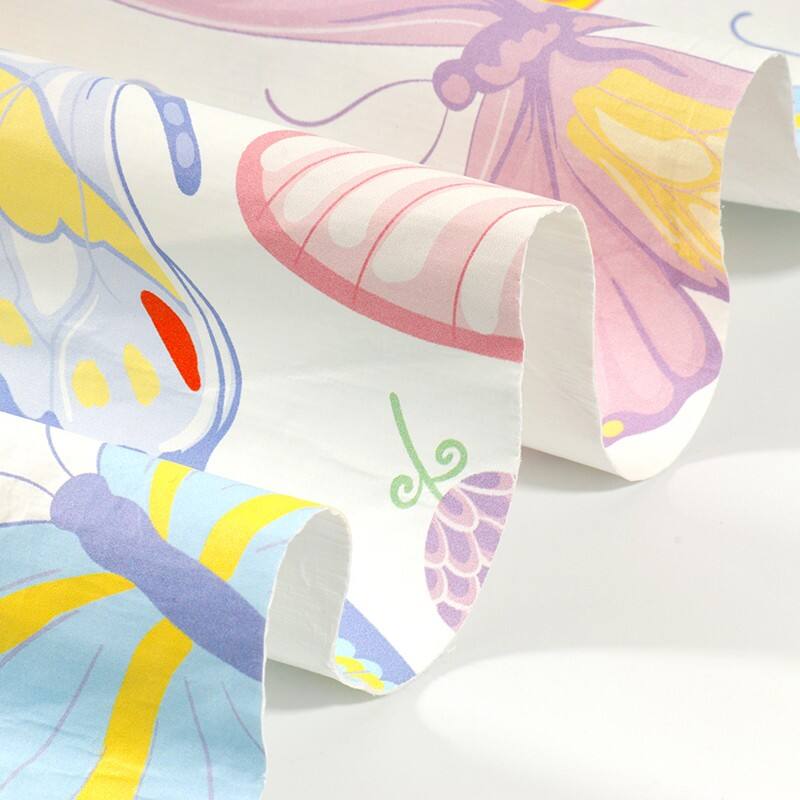best breathable materials
Breathable materials represent a revolutionary advancement in textile technology, combining comfort with functionality. These materials feature microscopic pores that allow air and moisture to pass through while maintaining their protective properties. The most advanced breathable materials include engineered fabrics like Gore-Tex, Polartec, and moisture-wicking synthetic blends. These materials operate on a sophisticated molecular level, creating pathways for water vapor to escape while preventing larger water droplets from penetrating. This technology has found widespread applications across multiple industries, from outdoor sports apparel to medical textiles. Modern breathable materials often incorporate additional features such as UV protection, antimicrobial properties, and temperature regulation capabilities. The engineering behind these materials focuses on creating an optimal balance between ventilation and protection, making them ideal for high-performance athletics, outdoor activities, and everyday comfort wear. These materials have revolutionized how we approach clothing design, particularly in challenging environmental conditions where moisture management and temperature regulation are crucial.


